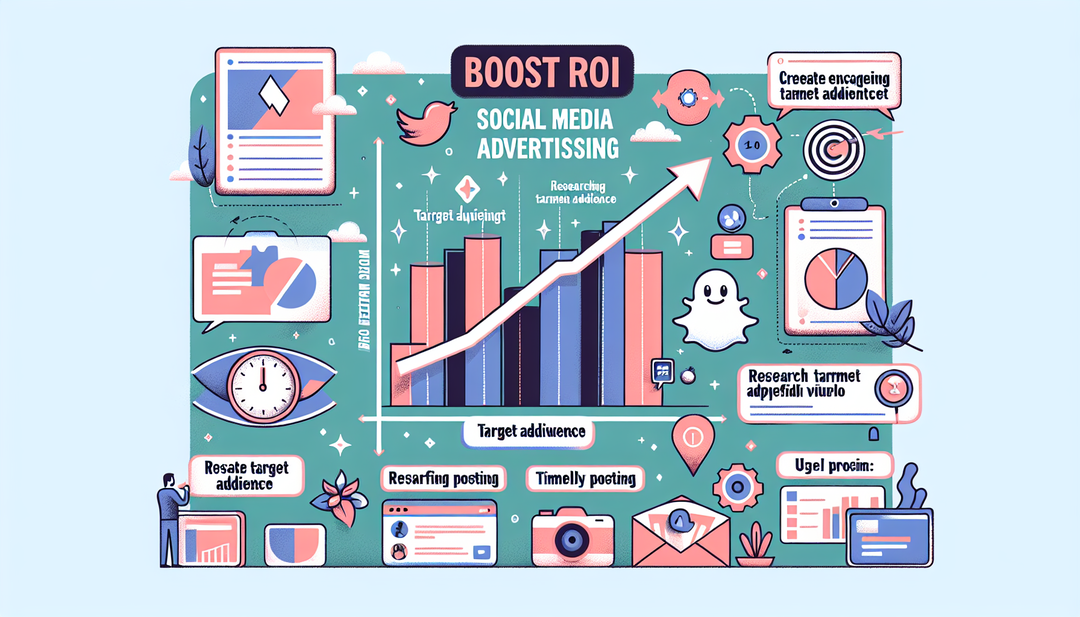
You're here because you've got a software product and you want to make it shine. You want to see those user numbers climbing, engagement through the roof, and revenue that makes your accountant smile. But here's the thing - you can't just cross your fingers and hope for the best. You need a plan. And not just any plan, but a data-driven plan.
Now, I know what you're thinking. "Data-driven? Sounds complicated." But trust me, it's not as scary as it sounds. In fact, it's your secret weapon. I've been in the advertising game for a while, and I've seen firsthand how understanding and effectively tracking metrics and KPIs can transform a software product's performance. It's not just about having data; it's about having the right data and knowing how to use it.
You see, data is like a compass. It points you in the right direction and keeps you on track. Without it, you're just wandering around in the dark, hoping you'll stumble upon success. But with it, you can navigate the path to success with confidence and precision.
So, how do you get this magical compass? I'm going to walk you through the five steps that will help you understand and effectively track the metrics and KPIs for your software product. It's a process I've used time and time again, and it works. So, grab a cup of coffee, get comfortable, and let's dive in.
Step 1: Identify Your Goals and Objectives
First things first, you've got to know what you're aiming for. This is where you need to ask yourself some hard questions. What do you want to achieve with your software product? Are you looking to increase your user base? Or maybe you want to improve user engagement? Perhaps you're focused on driving up revenue?
For example, if you're a SaaS company, your goal might be to increase your Monthly Recurring Revenue (MRR). Or if you're a gaming app, you might be looking to boost your Daily Active Users (DAU).
Step 2: Choose Relevant Metrics
Once you've got your goals locked down, it's time to pick your metrics. And let me tell you, not all metrics are created equal. You need to choose the ones that actually matter to your goals. For software products, I'm talking about things like user acquisition, conversion rate, churn rate, user engagement, and revenue metrics like ARPU and CLTV. These are the numbers that will tell you if you're on the right track or if you need to pivot.
Step 3: Set Specific KPIs
Alright, you've got your metrics. Now it's time to get specific with your KPIs. If your goal is to increase user acquisition, don't just say "I want more users." Put a number on it. Say "I want a 20% increase in new user sign-ups in the next quarter." That's a KPI you can track and measure.
Step 4: Implement Tracking Tools
Now, you're going to need some tools to track these metrics and KPIs. Google Analytics is a solid choice for tracking website and user behavior. If you want to go deeper into user engagement and retention, consider tools like Mixpanel or Amplitude. And remember, it's not just about setting up these tools, it's about setting up proper event tracking and conversion tracking. That's how you get the data you need.
Step 5: Analyze and Iterate
Finally, and this is crucial, you've got to analyze your data and iterate based on what you find. This isn't a set-it-and-forget-it situation. You need to be regularly reviewing your metrics and KPIs, spotting trends, identifying areas for improvement, and tweaking your strategy accordingly.
For example, if you notice that your user acquisition cost is going up, you might want to revisit your marketing strategy. Or if you see that your session duration is decreasing, you might want to look into improving your user experience.
See how Lukas reveals his strategy for a B2B software, continuously optimizing and improving the campaign over time:
Defining and tracking the right metrics and KPIs for your software products isn't just a good idea, it's a necessity. And if you need a hand with it, I'm here to help. I offer a free initial consultation where we can chat about your specific needs and how to get your metrics working for you. Book your free consultation with me at hi.holschuh.co.uk.
So, to wrap it up, here are the steps you need to take:
- Identify your goals and objectives.
- Choose relevant metrics.
- Set specific KPIs.
- Implement tracking tools.
- Analyze and iterate.
Follow these steps, and you'll be well on your way to making data-driven decisions that drive real results. Trust me, I've seen it happen time and time again.




